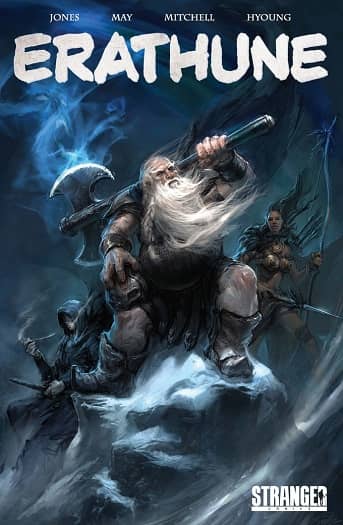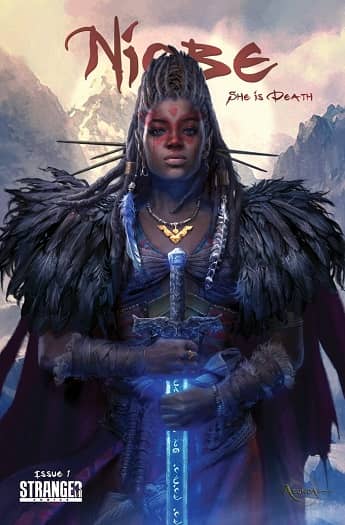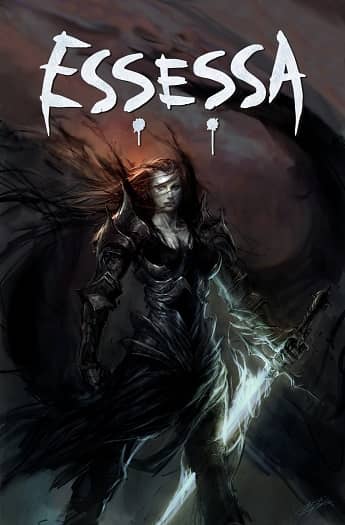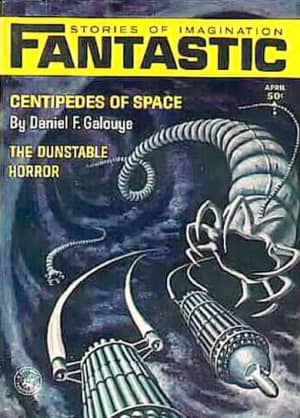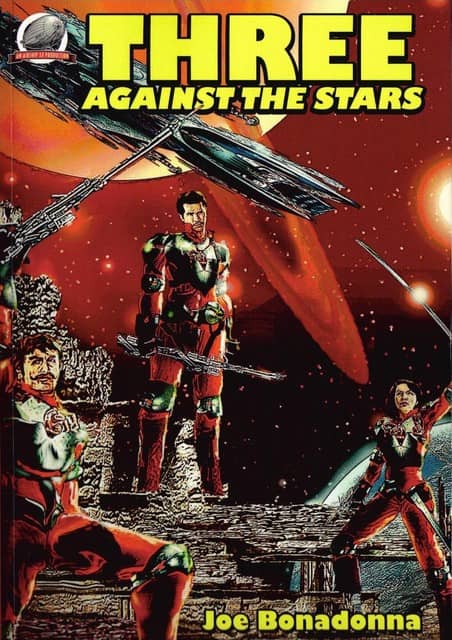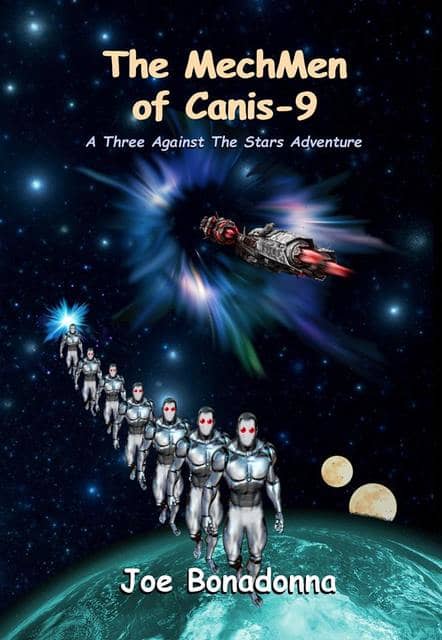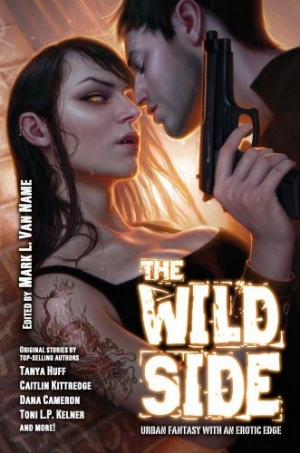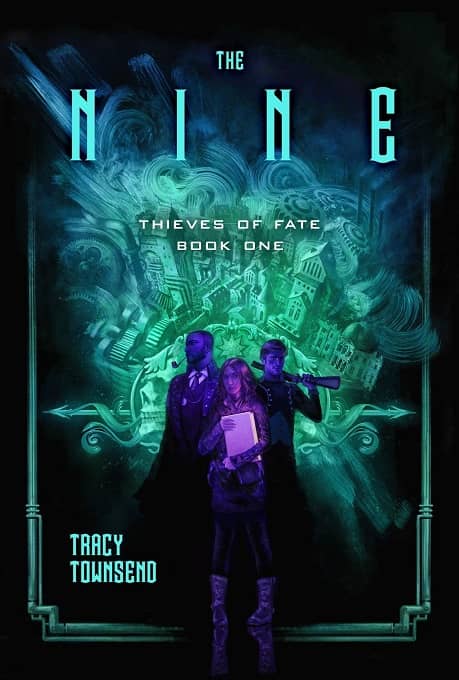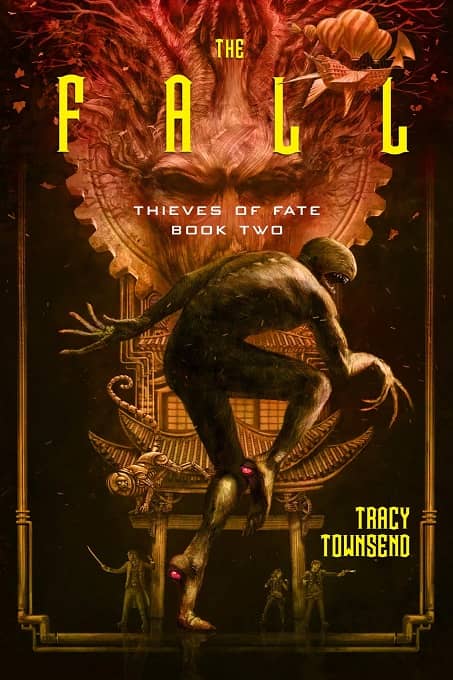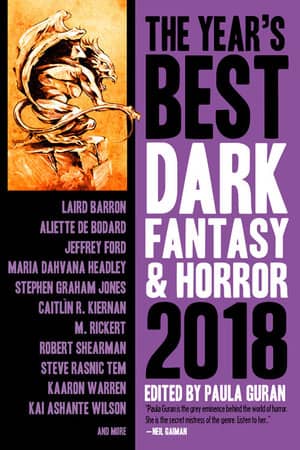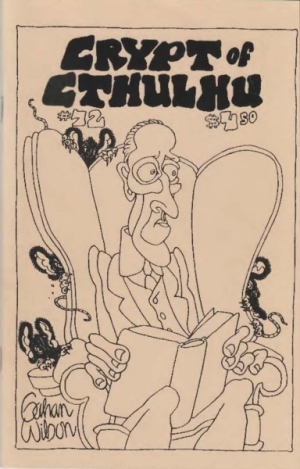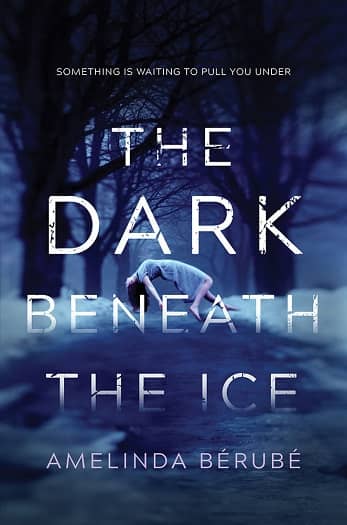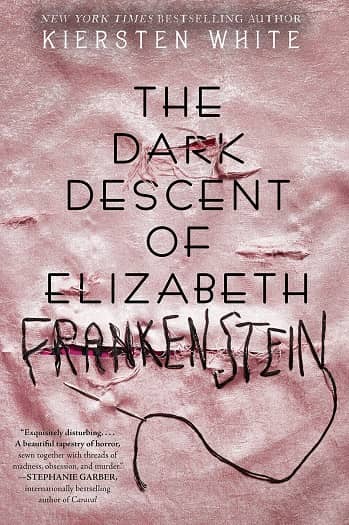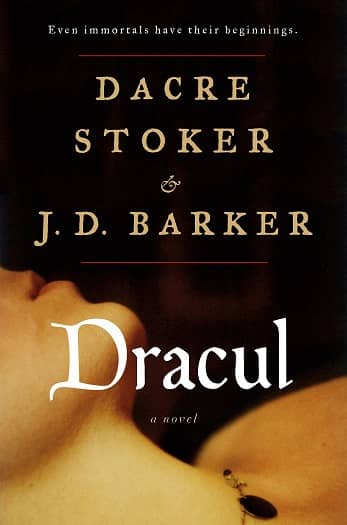New Treasures: The Promise of Space and Other Stories by James Patrick Kelly
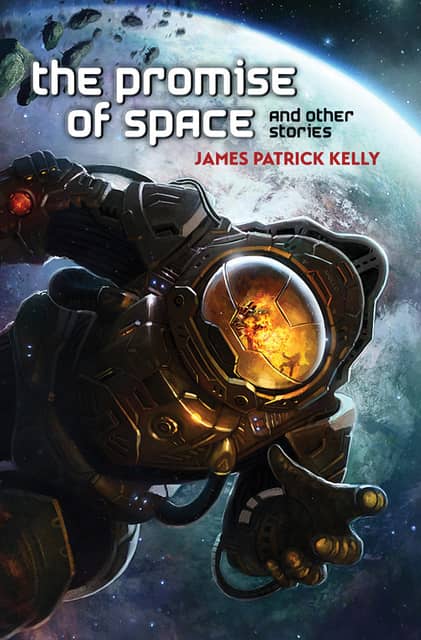 |
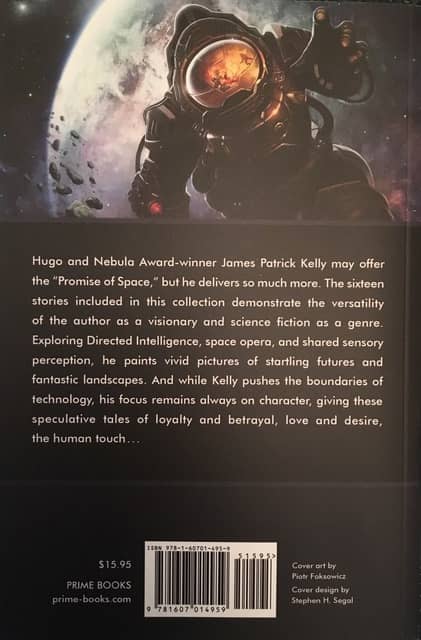 |
James Patrick Kelly is one of the best short story writers we have. His Hugo-winning tale “Think Like a Dinosaur” is one of the finest SF stories of the past 25 years (perhaps the finest), and his fiction has been collected in such essential volumes as Think Like a Dinosaur and Other Stories (1997), Strange But Not a Stranger (2002), and The Wreck of the Godspeed and Other Stories (2008). His novels include Planet of Whispers (1984), Look Into the Sun (1989), Freedom Beach (1985, with John Kessel) and Wildlife (1994).
A new James Patrick Kelly collection is a major event, and I purchased The Promise of Space and Other Stories as soon as it arrived in July. It contains 15 stories published between 2007 and 2016, plus one new tale, “Yukui!” It also contains an introduction by Sheila Williams, and an Afterword by the author. Here’s a snippet from Gark Wolfe’s review in the Chicago Tribune.
The idea of uploading your whole personality into a computer matrix as a hedge against death isn’t new, but should it become a legal right (as in “Declaration”) or face religious opposition (as in “One Sister, Two Sisters, Three”)? Could it even lead to most humans disappearing, leaving the world to intelligent chimps (“”The Chimp of the Popes”)?
For that matter, can technology ever really replace a mind? In the most heartbreaking story, “The Promise of Space,” a wife tries to connect with her brain-damaged astronaut husband, whose own faulty memory is supplemented by thousands of hours of personal video, but who can’t emotionally understand the facts he calls up.
Kelly also has a clear grasp of other genres, but uses them in unexpected ways. “The Last Judgment” is set in a world from which all the men have been snatched away by aliens, but takes the form of a hard-boiled mystery. “The Rose Witch” takes on the tone and form of a fairy tale, complete with a life-changing moral choice the heroine faces. In nearly every story, Kelly offers a master class on how short fiction works.
You can read the title story in Clarkesworld here. The Promise of Space and Other Stories was published by Prime Books on July 31, 2018. It is 383 pages, priced at $15.85 in trade paperback and $6.99 for the digital edition. The cover is by Piotr Foksowicz. See all of our recent New Treasures here.
